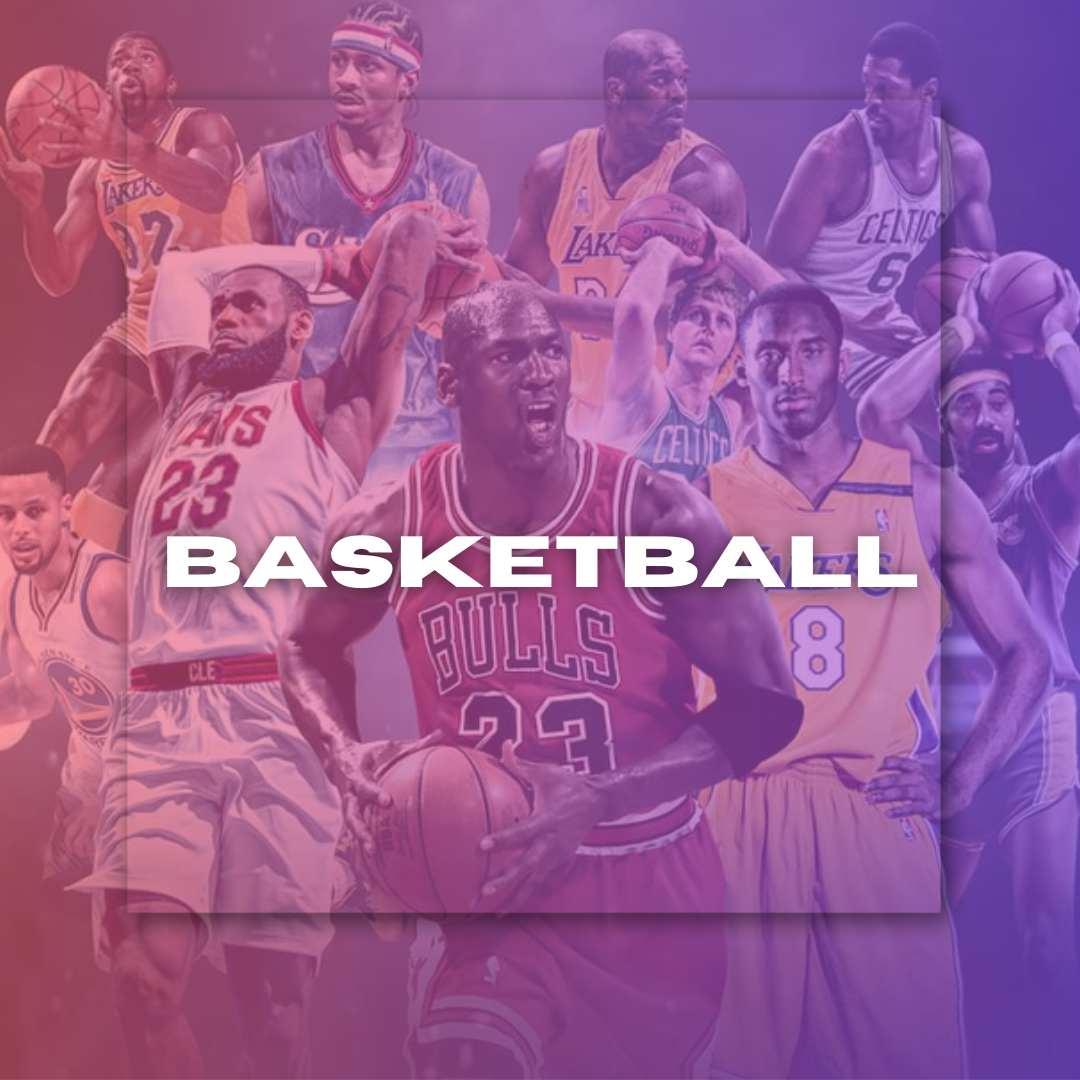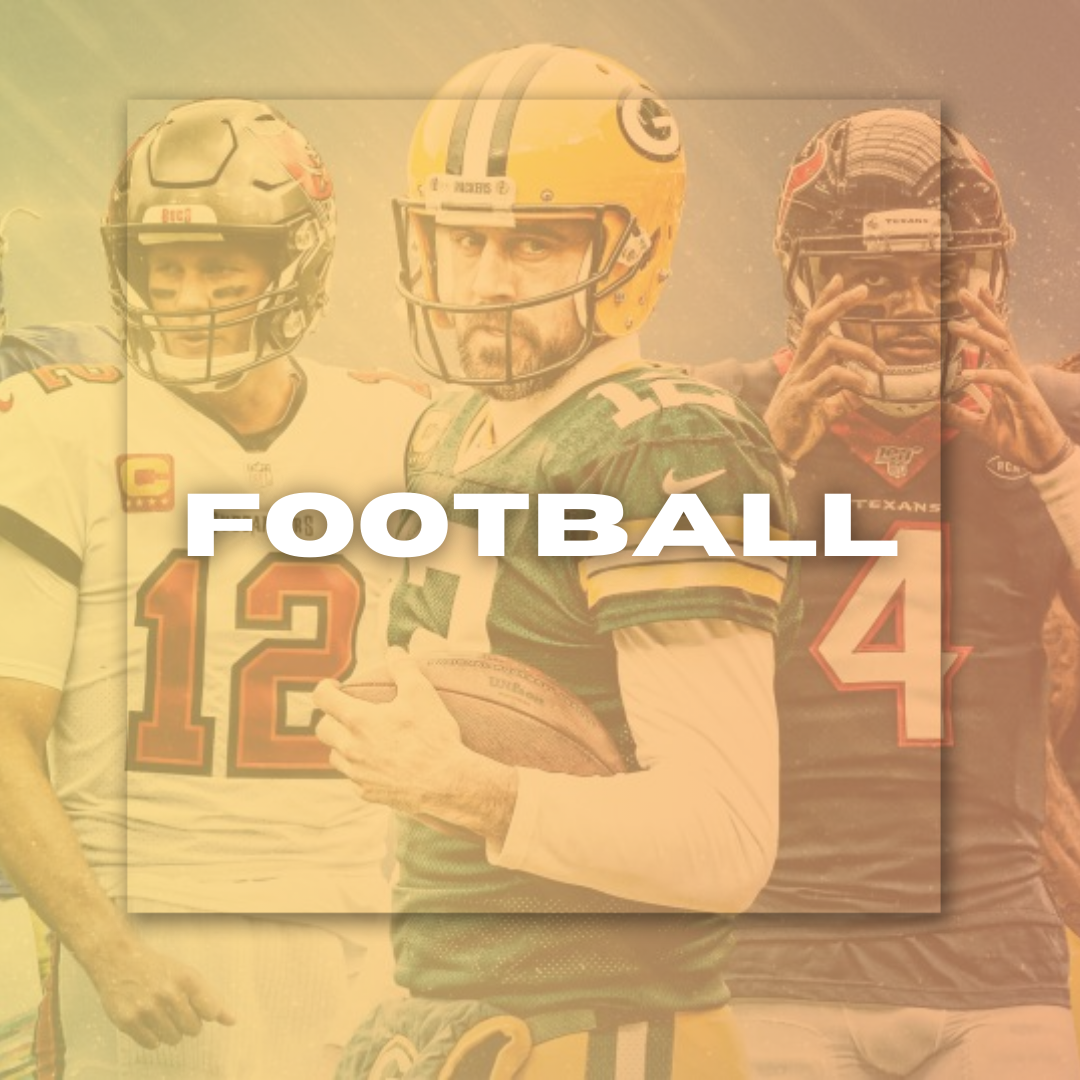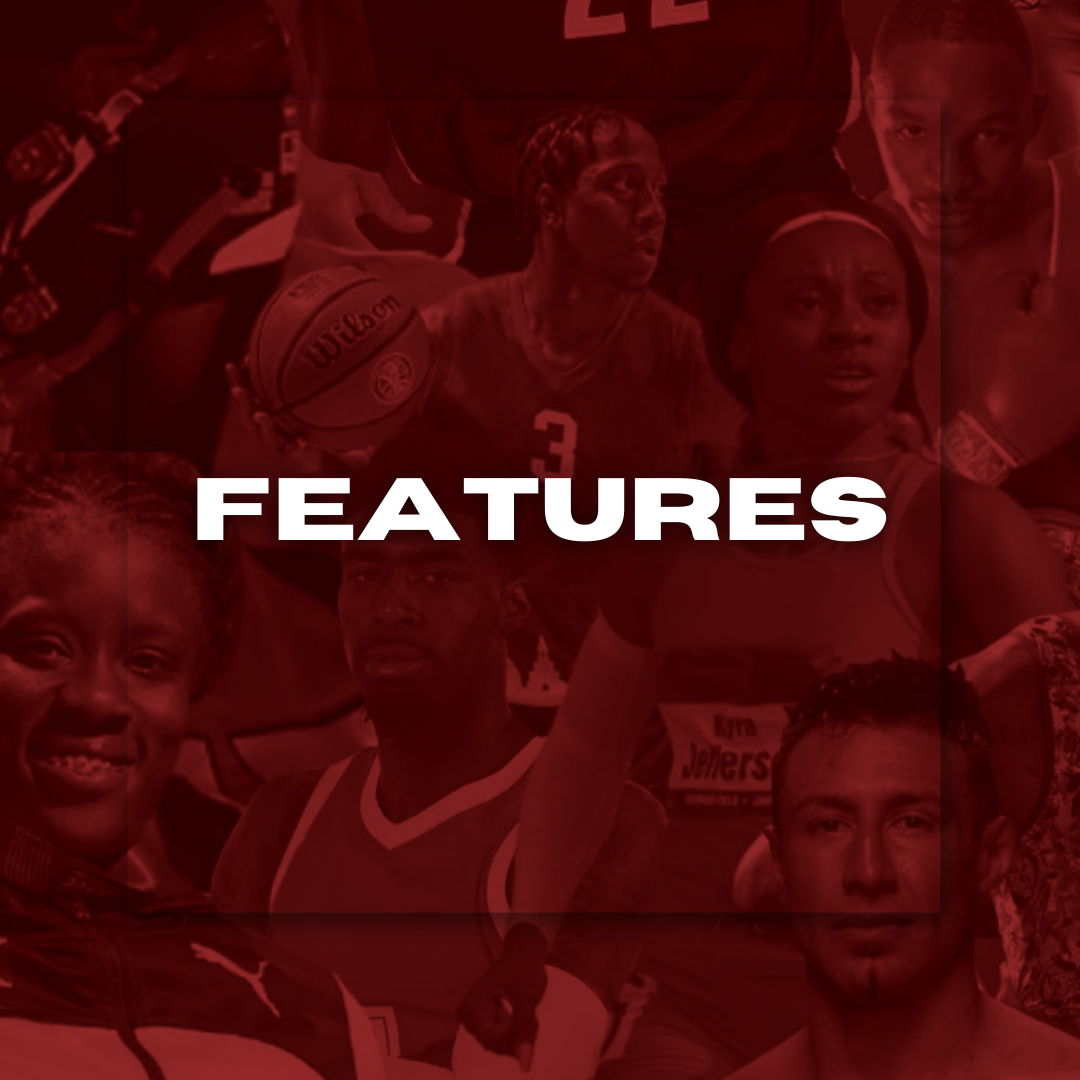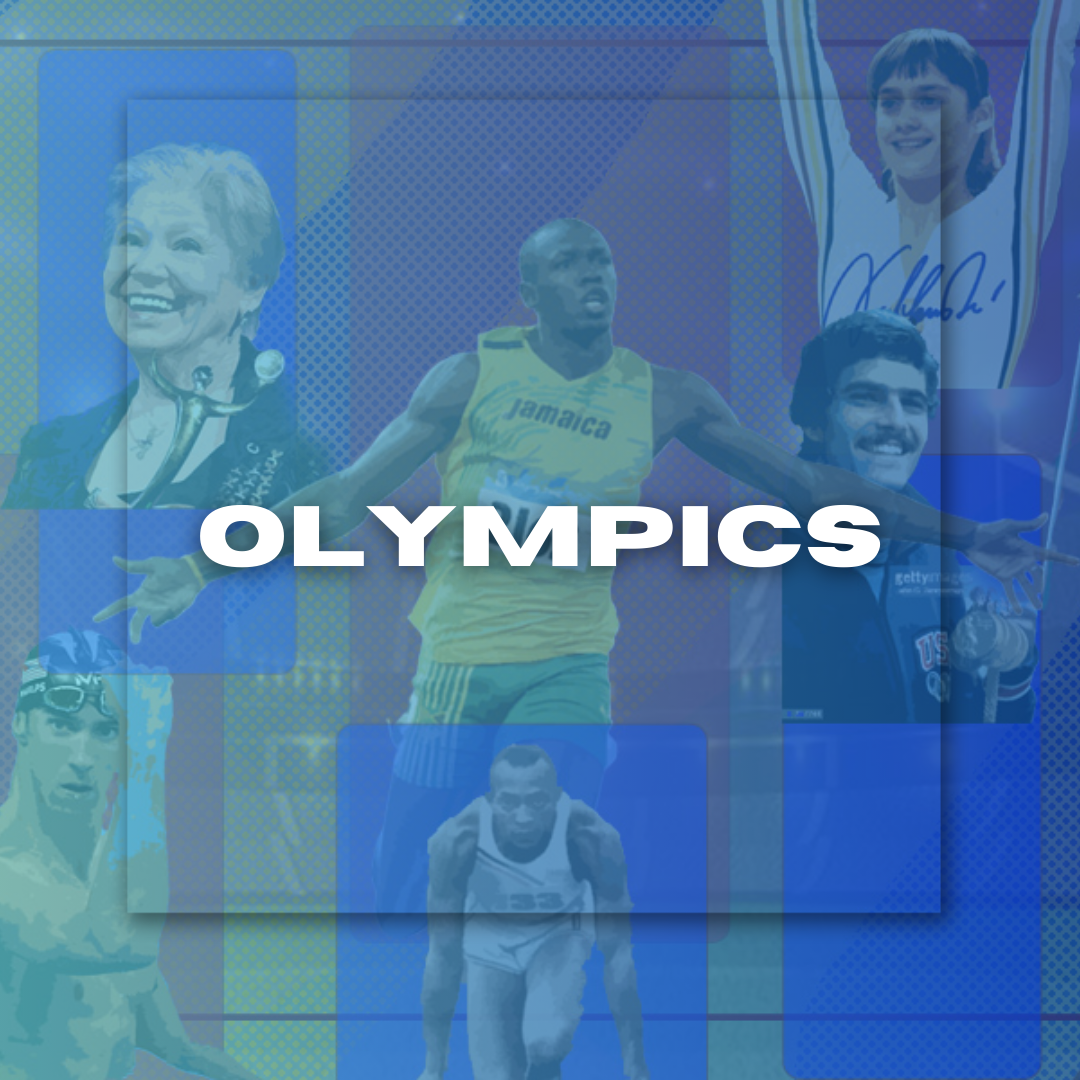
Wearable Tech and the Future of Performance Tracking in Sports
By Jayson Panganiban March 12, 2025 17:50
Wearable technology has revolutionized athletic training and performance monitoring across all levels of sports. Smartwatches, fitness trackers, and specialized sensors now provide athletes and coaches with real-time data about everything from heart rate to biomechanics. These devices produce relevant and timely information by analyzing biometrics in real-time, significantly enhancing the performance capabilities of both athletes and their coaches.
The impact of wearable tech extends from high school gymnasiums to professional stadiums, democratizing access to sophisticated performance metrics. Athletes can now receive immediate feedback on their form, exertion levels, and recovery needs without requiring expensive laboratory equipment. Wearable sports technology h[1] as evolved beyond simple step counters to comprehensive systems that collect data on numerous aspects of physical condition and performance.
By 2034, experts predict that these devices will have transformed from today's fitness trackers into sophisticated tools that revolutionize athletic performance. The integration of artificial intelligence with wearable sensors will likely create predictive systems that can identify potential injuries before they occur and suggest optimal training modifications in real-time, fundamentally changing how athletes prepare for competition at every level.
Evolution of Wearable Tech in Sports

The landscape of sports performance monitoring has transformed dramatically with the rise of wearable technology. These devices have evolved from simple step counters to sophisticated systems that track multiple physiological parameters in real-time.
History of Performance Tracking
Early performance tracking in sports relied on basic tools like stopwatches and heart rate monitors. The 1980s saw the introduction of wireless heart rate monitors by companies like Polar, revolutionizing how athletes could monitor exertion during training.
In the 1990s, GPS technology began making its way into sports, initially in bulky forms that limited practical application. By the early 2000s, accelerometers and more compact sensors enabled the first generation of activity trackers that could count steps and estimate calories burned.
Professional sports teams began adopting advanced tracking systems around 2005-2010, using technology originally developed for military applications. These systems provided coaches with data on player movements, speeds, and positioning that was previously impossible to quantify accurately.
Wearable sensors created a fundamental shift by enabling real-time physiologic and movement monitoring during both training sessions and competitive events.
From Fitness Trackers to Smart Apparel
Consumer fitness trackers emerged around 2008-2010 with devices like Fitbit focusing on step counting and sleep tracking. These early devices served as the foundation for more advanced wearables.
By 2015, multifunctional smartwatches incorporating heart rate sensors, GPS, and various health metrics became mainstream. Apple Watch, Garmin, and other manufacturers began producing devices specifically designed with sports functionality.
The next evolution came with smart apparel - clothing with embedded sensors. Companies developed compression shirts, shorts, and socks with integrated technology to monitor muscle activity, running form, and biomechanics without the need for separate devices.
Modern smart apparel can measure previously difficult-to-track metrics like:
● Muscle oxygen saturation
● Running stride mechanics
● Force production during movements
● Body temperature regulation
Athletes now benefit from sophisticated tools that provide insights that were unimaginable just a decade ago.
Integration with Sports
Different sports have adopted wearable technology in unique ways to address sport-specific challenges. Football and rugby implemented impact sensors to monitor potential concussions, while basketball embraced jump analytics and movement pattern tracking.
Swimming wearables evolved to overcome water-resistance challenges, now providing stroke analysis and underwater metrics. Tennis and golf embraced swing analysis technology embedded in racquets, clubs, or worn on the wrist.
Wearable tech has democratized performance data that was once exclusive to elite athletes. High school and collegiate programs now utilize similar technology as professional teams, though often with more simplified interfaces and metrics.
Research indicates athletes using wearable tech experienced approximately 22% improvement in their performance through data-driven training adjustments. Electronic devices worn by athletes now collect comprehensive data on performance and physical condition in ways that facilitate immediate adjustments to training regimens.
The integration has created new roles in sports organizations, with data analysts and sports scientists becoming essential members of coaching staffs who translate raw metrics into actionable training modifications.
Key Technologies Powering Wearable Sports Gadgets

Wearable sports technology relies on several innovative technologies working in concert to deliver actionable performance insights. These technologies collect, analyze, and visualize data in ways that transform how athletes train and compete.
Sensors and IoT in Sports
Modern sports wearables employ a sophisticated array of sensors that capture detailed metrics about athletic performance. Electronic devices worn by athletes collect data on movement patterns, heart rate, muscle oxygen levels, and even sweat composition.
Accelerometers and gyroscopes track speed, acceleration, and directional changes with remarkable precision. GPS sensors monitor position and distance traveled, particularly valuable in sports like soccer and rugby where players cover extensive ground.
The Internet of Things (IoT) infrastructure connects these sensors to create comprehensive monitoring systems. Coaches can now access real-time data from entire teams simultaneously, identifying fatigue patterns before injuries occur.
Heat and force sensors embedded in equipment measure impact intensity and distribution, helping prevent concussions in contact sports. These IoT-enabled devices sync wirelessly to centralized platforms, creating comprehensive performance profiles that span entire seasons.
Role of Machine Learning and AI
Artificial intelligence transforms raw sensor data into actionable insights through pattern recognition and predictive analytics. Machine learning algorithms identify technique inefficiencies that might escape even the most experienced coach's eye.
AI systems analyze historical performance data alongside real-time metrics to enhance both individual athletes and entire sports programs. These systems can predict injury likelihood based on subtle changes in movement patterns or fatigue indicators.
Personalized training recommendations emerge as AI identifies an athlete's unique strengths and weaknesses. The technology adapts training programs based on recovery rates, sleep quality, and nutritional factors.
Natural language processing converts complex data into easy-to-understand coaching cues delivered through earpieces during training. Computer vision systems complement wearable data by analyzing technique from multiple angles simultaneously.
Advancements in VR and AR for Training
Virtual reality creates immersive training environments where athletes can practice scenarios without physical strain or weather limitations. Quarterbacks study defenses, skiers practice dangerous runs, and golfers perfect their swing in virtual settings.
AR (augmented reality) overlays performance data directly into an athlete's field of vision via smart glasses. Runners see their pace, heart rate, and optimal trajectory projected onto the track ahead of them.
Real-time data analysis through AR provides immediate feedback on technique adjustments. Swimmers can see stroke efficiency metrics immediately after completing a lap, allowing for rapid improvements.
Multi-player VR scenarios enable team strategy development without physical presence requirements. Basketball teams practice plays with members in different geographical locations, all sharing the same virtual court.
Analyzing Performance Data for Enha nced Strategies
nced Strategies
Data from wearable technology has transformed how coaches and athletes approach training and competition. The ability to collect, analyze, and act on performance metrics creates opportunities for targeted improvements and informed decision-making across all levels of sport.
Data Collection and Analytics in Sports
Modern wearable technology has become a cornerstone in optimizing athletic training through comprehensive data collection. Athletes now have access to metrics that were previously only available in laboratory settings.
Smart devices track crucial variables including heart rate variability, movement patterns, and power output during both training and competition. These metrics provide coaches with objective measures to evaluate performance beyond traditional observation.
Teams employ dedicated data analysts who transform raw numbers into actionable insights through specialized software platforms. This analysis identifies patterns that human observation might miss, such as subtle form breakdowns during fatigue.
The integration of GPS tracking with physiological data creates comprehensive performance profiles for each athlete. Many professional teams maintain detailed performance databases spanning multiple seasons to establish personalized baselines and track long-term development.
Predictive Analytics and Injury Prevention
Advanced biomechanical analytics are revolutionizing injury prevention by identifying risk factors before injuries occur. Machine learning algorithms analyze movement patterns to detect subtle deviations that may indicate increased injury risk.
Coaches receive alerts when an athlete's metrics show warning signs of potential injury. This early detection system allows for immediate training modifications to prevent more serious problems from developing.
Load management systems track cumulative strain on the body and recommend optimal training intensities. These systems help balance the need for performance improvement against recovery requirements, especially during intensive competition periods.
Historical injury data combined with current performance metrics creates predictive models specific to individual athletes. Teams can then implement personalized prevention protocols based on each athlete's unique risk profile rather than using generalized approaches.
Improving Player Recovery with Data
Recovery monitoring has evolved significantly with wearable technology providing real-time data on physical readiness and fatigue levels. Sleep tracking devices measure both duration and quality of rest, which directly impacts recovery capacity.
Athletes receive personalized recovery protocols based on their specific physiological responses to training. These might include recommendations for nutrition timing, hydration needs, and recovery modalities like contrast therapy or compression.
Teams track readiness scores that combine multiple metrics including heart rate variability, sleep quality, and subjective wellness scores. These composite measurements help coaches determine which athletes need additional recovery time versus those ready for full training loads.
The integration of recovery data with performance metrics creates a complete picture of an athlete's status. This holistic approach ensures that training decisions support both immediate performance goals and long-term athlete development without increasing injury risk.
Impact of Wearable Tech on Fan Experience and Engagement
Wearable technology has transformed how fans interact with sports, creating deeper connections through data accessibility and immersive experiences. The integration of real-time metrics has revolutionized everything from casual viewing to sports betting and virtual gaming.
Enhancing Fan Engagement through Wearables
Fans now connect with sports in unprecedented ways through wearable technology that tracks athlete performance. Teams leverage this data to create interactive mobile applications where fans can access real-time statistics, biometric data, and performance analytics of their favorite athletes.
Smart stadium wristbands enhance the in-venue experience by providing seat upgrades, contactless payments, and personalized notifications about game developments. These devices also enable fans to participate in interactive polls and competitions during live events.
Some teams have launched initiatives where fans wear simplified versions of athlete-tracking devices during watch parties or fitness challenges. This creates a shared experience between athletes and supporters, allowing fans to compare their own metrics against professional standards.
Virtual Reality and Gaming in Sports
Virtual reality (VR) headsets have transformed passive viewing into immersive experiences. Fans can now experience games from multiple angles, including player perspectives that incorporate biometric data from wearable devices tracking real-time performance.
Gaming platforms integrate actual athlete data from wearables to create realistic player movements and abilities in sports video games. This data-driven approach ensures game characters behave according to their real-world counterparts' capabilities.
Fantasy sports platforms now incorporate metrics from wearable devices, allowing participants to make decisions based on real-time athlete condition and performance potential. This evolution has created deeper engagement as fans analyze training load, recovery status, and performance trends.
Key VR applications in sports include:
● Virtual stadium tours with athlete biometric overlays
● Training simulations based on professional athlete data
● Interactive coaching experiences featuring real performance metrics
Real-Time Data and Sports Betting
The sports betting industry has been revolutionized by the availability of real-time athlete data from wearable technology. Bettors now have access to detailed performance metrics that inform their wagering decisions with unprecedented precision.
Live betting options have expanded dramatically with the ability to place wagers based on immediate biometric data and performance indicators. This creates more nuanced betting opportunities beyond traditional game outcomes.
Regulatory frameworks are evolving to address concerns about data privacy and integrity as wearable technology becomes more prevalent in sports betting. Leagues are establishing clear policies about which metrics can be publicly shared for betting purposes.
Betting platforms now feature intuitive interfaces that display athlete fatigue levels, exertion rates, and other key performance indicators captured through wearables. This transparency has created a more informed betting community with deeper engagement in the technical aspects of sports performance.
Ethical and Privacy Considerations
The widespread adoption of wearable technology in sports creates significant ethical dilemmas regarding athlete privacy, data ownership, and appropriate usage of personal information. These technologies fundamentally change the relationship between athletes, coaches, teams, and governing bodies.
Balancing Privacy with Performance Monitoring
Athletes' bodies increasingly function as data sources through wearable devices, raising critical privacy concerns. Wearable technology in professional sports creates tensions between performance optimization and personal autonomy. Players may feel pressured to share biometric data even when uncomfortable doing so.
Continuous monitoring can create psychological pressure, with athletes feeling constantly evaluated even during rest periods. This 24/7 surveillance culture potentially undermines mental health and recovery.
Data collection extends beyond physical performance to include sleep patterns, heart rate variability, and even emotional states. These intimate metrics require clear boundaries regarding who can access them and how they can be used.
Teams must establish transparent policies about data usage, storage duration, and sharing practices. Athlete consent should be informed, ongoing, and revocable rather than a one-time agreement.
Regulations and Standards in Wearable Tech
The sports industry lacks comprehensive regulations specifically designed for athlete data protection. By 2034, experts predict robust regulations and standards will emerge to ensure responsible data usage in sports.
Existing frameworks like GDPR provide some protection, but sport-specific guidelines remain underdeveloped. League-level policies vary significantly, creating inconsistent safeguards across different sports and regions.
Key regulatory considerations include:
● Data ownership rights
● Limitations on commercial exploitation
● Security standards for storing sensitive biometric information
● Requirements for anonymization when analyzing collective team data
Athlete unions increasingly advocate for players' rights regarding IoT-generated data. Collective bargaining agreements now frequently address wearable technology usage parameters and limitations.
Future Challenges and Potential Solutions
As technology advances, new ethical dilemmas will emerge. VAR and player-tracking systems create both opportunities and challenges regarding competitive fairness and privacy boundaries.
Athletes need greater representation in developing ethical frameworks. Decision-making bodies should include players alongside technical experts, ethicists, and legal professionals.
Educational programs must help athletes understand implications of sharing their biometric data. Technical literacy enables informed consent and empowers athletes to advocate for their interests.
Potential solutions include:
● Independent data trustees who oversee information usage
● Standardized ethical guidelines across sports organizations
● Athlete-controlled dashboards for monitoring data access
● Sunset provisions requiring data deletion after specific periods
The ethical use of wearable data requires balancing performance benefits against privacy risks. Finding this balance demands ongoing dialogue between all stakeholders in the sporting ecosystem.
To conclude
Wearable technology has fundamentally transformed athletic training and competition across all levels of sports participation. These devices now offer unprecedented insights that were previously unavailable outside laboratory settings.
Athletes from high school teams to professional leagues increasingly rely on real-time biometric analysis to inform their training decisions. Coaches no longer need to rely solely on subjective assessments when data-driven alternatives exist.
The integration of these technologies has created new possibilities for:
● Injury prevention and recovery monitoring
● Performance optimization through personalized training
● Tactical adjustments based on fatigue indicators
● Career longevity through workload management
By 2034, experts predict wearables will evolve from today's tracking devices into sophisticated tools that revolutionize athletic performance. The accessibility of these technologies continues to increase, democratizing access to elite training methods.
Seamless integration into athletic gear represents another important advancement, allowing for unobtrusive monitoring without hindering performance. Athletes can focus on their sport while devices quietly collect valuable data.
The most significant impact may be in how these technologies bridge the gap between subjective feeling and objective measurement. What athletes and coaches once had to guess at can now be quantified and analyzed.
As wearable technology continues to advance, the relationship between athletes and data will become increasingly symbiotic, creating new standards for what constitutes peak performance in sports at every level.


































































